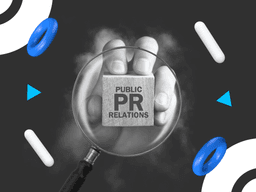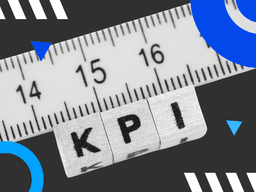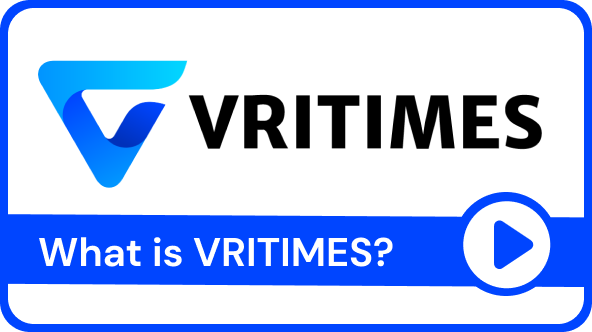/ What kind of "Press Release" is most likely to be chosen by the Media?
What kind of "Press Release" is most likely to be chosen by the Media?
Media Perspective (Reporter)
Every day, reporters receive many Press Releases from all over the country. These Press Releases are sent via email, fax, and mail. In addition to Press Releases, there are many other sources of information to be aware of, such as press clubs and press conferences. Furthermore, media outlets such as newspapers and television have a limit to the amount of news they can carry due to space and time constraints.Therefore, only information that is deemed "necessary to inform consumers" and "beneficial to consumers" will survive. In other words, Press Releases are selected and discarded from the media's (journalists') point of view. So, what is the media's (reporter's) point of view?
The "headline-grabbing" theme.
When you receive a Press Release, you might think, "This will be tomorrow's newspaper headline!" or "Could be used as an on-air headline," are good ways of saying "headline-grabbing". In the case of television, the emphasis is also on visuals. Whether it is "picture perfect" or not. Photos and information that give an idea of whether or not video coverage is possible are indispensable.
Newsworthy
The media (journalists) are looking for "news". A Press Release will be rejected immediately if it does not contain new or familiar news.
"News" must be "unpublished" in order to be picked up. If it has been published, you need to show new facts. In addition, evidence is needed to convey originality and uniqueness.
Sociability
The media (reporters) focus on the social aspects of the announced product or service, such as how it will affect or change people's thinking, people's lives, or businesses. When a press release is reported in newspapers or TV news, "How useful is the information to readers and viewers?" This is a key factor in determining whether a press release has newsworthiness or not.
Trends
Trends are also important: whether the story is in season, and whether the news is relevant in the present time. For example, there are new products or technologies that can help people in season. In terms of current trends, products that are in line with the social trends and concerns of the time are more likely to be covered, such as products that have fabrics with new technology that can repel water and dry quickly, for example.
"Timing" to meet deadlines
Media people always work with "deadlines" in mind. Press Releases also need to be delivered at the right time, based on an understanding of their movement.
For normal products and services, Press Releases should be sent at least one month before the product launch, service commencement or event date. Send it too early and it will be forgotten, too late and you won't have time for a meeting to decide who to cover.
For urgent news of great importance, deadlines should be considered. The final deadline for the morning edition of newspapers is between 1:30 and 2:00 am. Afternoon editions are due between 1:30pm and 2:00pm. Industry and trade newspapers generally have evening deadlines. Press releases also need to be sent backwards to meet deadlines. As the deadline approaches, normally busy reporters will become even busier, so it is important to consider how much time is left to cover the issue.
For magazines, the timing of the planning meeting to determine the feature theme is also important. For weekly magazines, this is two to three weeks before the release date, and for monthly magazines, about a month before. TV stations' schedules vary greatly, depending on the content of the program and the time it is aired.
To the media who are "looking" for the information.
The information you want to send out as a Press Release should go to the media you want to cover - in other words, the media that are interested in the information. If you send the information to the wrong place, not only will it not be published, but it will also become a distraction.
In the case of newspapers, the information required differs depending on whether it is in the "Economy" section, which is filled with information about products and services, the "Society" section, which contains social information, albeit related to the company, or the "Life" section, which often covers products familiar to our daily lives. Even within the same newspaper, there are different types of newspapers, including national newspapers, economic newspapers, and regional newspapers that are strong in information about each region. Television information programs also have their own differences. In the case of magazines, individual characteristics are even more clearly expressed.
By using a Press Release distribution platform such as vritimes.com, you can fully categorize your Press Release to whom your Press Release will be sent.
In the case of "live news", which reports what's happening now in real time, if the theme is a new product or service, it will be delivered to the "economics" section. For TV and radio, it goes to the production team of the news program or "economics" program, and for Internet news, it goes to the editorial department that wrote the article. On the other hand, "planned and featured articles" are featured in the "lifestyle" section of newspapers, or introduced in lifestyle information programs on TV and radio. On the Internet, such articles may be featured on "summary sites" or "curation sites".
While carefully researching and considering these characteristics, you need to decide where to deliver the Press Release, depending on the content.
























































